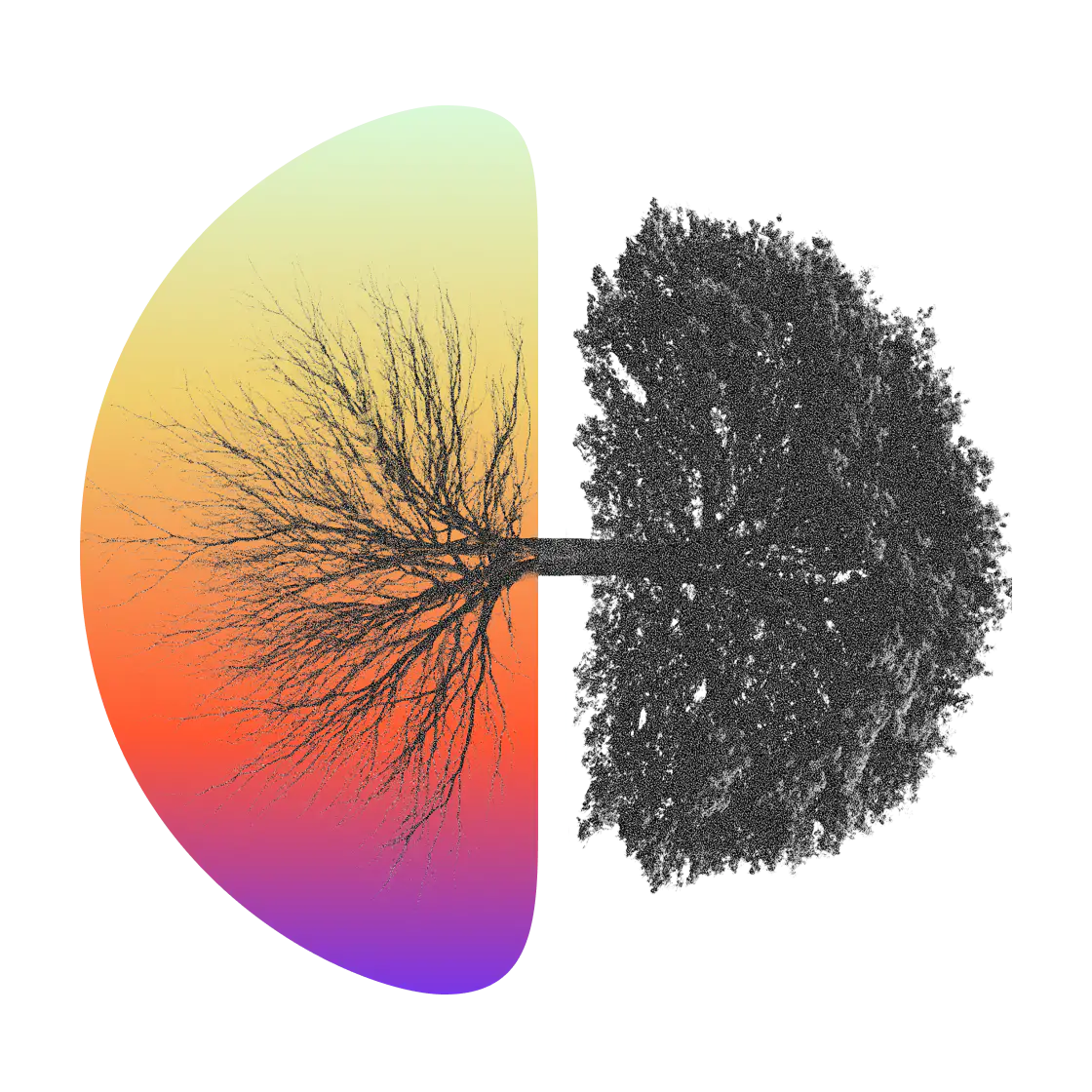We are descended from frightened monkeys. Evolution has given us the ability to survive in very dangerous situations. It has done this by giving us the Amygdala, two small almond-shaped cluster of neurons based in the temporal lobes of the brain. For thousands of years, the amygdala has been our best friend, receiving input from the senses via the Thalamus, and immediately triggering a fight or flight or freeze response that allowed us to get away from predators and other dangers.
Immediate survival made so much sense back then that the ability to plan, analyze, make sense of a situation, and to self-control, all activities that fall under the supervision of the pre-frontal cortex, would be deprioritized (for a short period of time) in favor of Amygdala-based responses.
This system, which made total sense 50,000 years ago, is still today very much at the core of how our Autonomic Nervous System functions. The ANS is made up of two parts: the parasympathetic nervous system (‘rest and digest’) and the sympathetic nervous system (‘fight or flight or freeze’). The Amygdala, which belongs to the Salience Network, a group of brain regions responsible for, among others, integration of emotional and sensory experiences, activates our sympathetic nervous system, thereby triggering our fight or flight response.
But our world is very different today. Gone are the tigers and enemy arrows. But we still function in the same way as we did back then. When upset by a person, a situation, or by the words of others, many of us will experience what Daniel Goleman, who wrote the seminal book ‘Emotional Intelligence’, has called ‘an amygdala hijack’. During such a hijack, our amygdala has interpreted this input as a threat, and immediately starts a fight or flight response throughout our body. We start to sweat, our heart beats faster, blood flow is diverted to our muscles. Meanwhile, our pre-frontal cortex, which would help us make sense of the situation and understand that this threat is not critical or existential, has either yet to receive all necessary information to step in, or is not able to send a strong enough signal to the Amygdala to down-regulate it for reasons that are specific to each individual (self-awareness, sense of self, language). The result: strong immediate emotional responses, as if our lives depended on it, without the mitigating and calming value of the pre-frontal cortex, our decision-making and executive center.
Fortunately, it is possible to increase the role of the pre-frontal cortex and/or to reduce the intensity of our amygdala responses. Mindfulness meditation is one of the ways we can do this.
Mindfulness has been shown to produce several benefits, including the ability to manage emotions. For example, a meta-analysis by Tang and colleagues has revealed that mindfulness meditation leads to changes in brain regions associated with emotion management and self-awareness (the ability to know one’s own internal states, emotions and resources – a key requirement for emotional management). Also, a study by Goldin and Gross has shown that mindfulness-based activities such as the practice of breath-focused attention tasks result in decreased negative emotion experience as well as in reduced amygdala activity. Finally, a comprehensive study by Gaelle Desbordes has shown that mindfulness practice results in distinct changes in amygdala response to emotional stimulus, even when participants are not in a meditative state.




